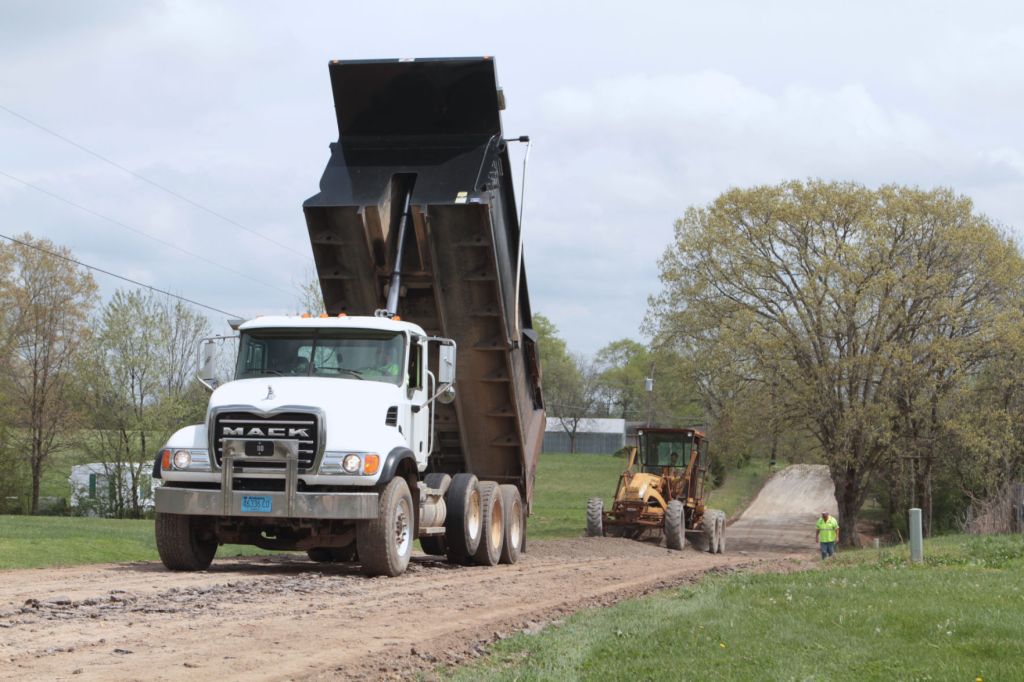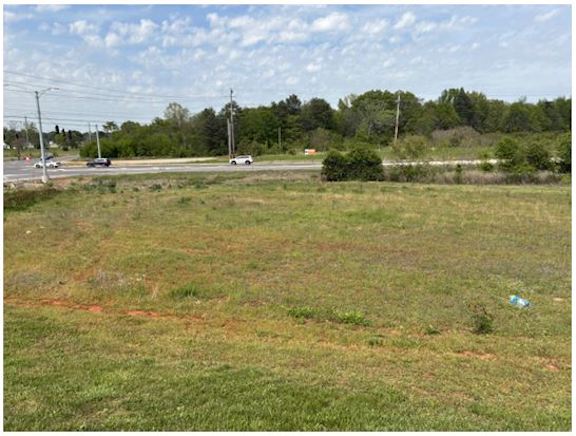County roads, take me home
Published 6:59 pm Tuesday, February 21, 2017
There’s approximately 1,000 miles of pavement in rural Limestone County. Each of the four County Commission districts are responsible for the maintenance of those roads — a task commissioners are conflicted to conduct with decreasing funds.
Money to maintain and repair Limestone’s roads comes from a sales tax levied on gasoline.
Trending
District 4 Commissioner Ben Harrison said that even though sales of gasoline are increasing as Limestone’s population grows, the county’s gasoline tax revenue is declining overall. He believes this is caused by Limestone residents buying gasoline in Huntsville and Madison, where they work and shop.
“There’s areas and places (in Limestone County) that are just as cheap as Madison,” he said. “If people knew if they want better roads, they will need to find a place over here in Limestone to buy their gas.”
Harrison isn’t the only one noticing the decline — the Association of County Commissions of Alabama is asking state legislators to consider issuing a $1.2 billion bond to make up for shortfalls in gasoline tax revenue.
This money would then be divided among the state’s 67 counties based on population, according to the ACCA. An additional 3 cents would then be levied on the sale of gasoline until the bond is repaid.
Commissioners were hesitant to throw support behind the measure because each is against raising taxes, but the additional money would be a great blessing, they said. District 2 Commissioner Steve Turner said if he and the other commissioners each had $15 million at their disposal for road projects, they could each fill up a list in under five minutes.
District road projects
Trending
As it is, Turner and the county’s engineering department are evaluating roads to determine which in the district are in dire need of repair and which projects can wait at least another year.
“It’s not terrible,” Turner said of the overall status of roadways in his district. “We’re just having to pick and choose.”
Currently, Turner’s crews are assisting the Athens street department with finishing the resurfacing of Nick Davis Road. District 2 is replacing draining culverts and road supports while the city is doing the paving portion.
Other than that, Turner doesn’t have a major project listed for the summer, when conditions are best for chip-sealing roads. The game plan is to patch pot holes and oversee work on the East Limestone Road ATRIP, or Alabama Transportation Rehabilitation and Improvement Program, project.
He doesn’t have a timeline for when it would be complete, but the work to widen the road and install a turn lane in front of East Limestone High School would begin in the summer.
Turner said he enjoys collaborating with Athens and would like to develop a plan to install turning lanes on Mooresville Road, south of U.S. 72, where several subdivisions have recently been constructed.
He and District 3 Commissioner Jason Black are also trying to work out a plan with the cities of Madison and Huntsville to repave Huntsville Brownsferry Road.
“I do not think that road will be resurfaced in 2017,” Turner said.
Black said he’s also in a holding pattern as far as new road projects go. He and his crews are stockpiling materials and servicing equipment. They’re evaluating where the worst spots are, as Black plans to chip seal 20-25 miles of road in the summer.
As far as raising the gasoline tax, Black said he won’t deny he could use the money, but he’s not ready to express official support for the proposal.
“I want the people in the county to know more about it,” he said.
Whether the matter goes to a vote could be crucial, because “It’s going to be bad if we don’t do something really soon,” Black said.
“I’m tired of patching and putting Band-Aids on — I wanna’ fix stuff.”
Districts 1 and 4 are where the ATRIP projects are this year. County Engineer Bryant Moss reported replacing culverts on Ragsdale Creek and Quinn roads is ongoing, as well as bridge repair and renovation on Quinn Road at Beauchamp Bridge, Thach Road at an unnamed creek branch and the Liberty Lane bridge.
ATRIP projects are funded by the state through an initiative signed into practice by Gov. Robert Bentley in 2012. The state provides 80 percent of the funding needed for approved projects and the local government agency applying for the assistance provides a 20 percent match and labor.
If a commissioner wants to do anything else in their district, they must pay for it out of the gasoline tax fund.
In District 1, Stanley Hill said he plans to chip seal at least six roads. During last year’s drought, Hill said he and his crews took the opportunity to replace numerous metal drainage pipes, which rust and break down over time, and replace them with durable concrete pipes.
Ben Harrison said he’d like to chip seal 20 miles in District 4 this year, but is evaluating the need before he names which roads will be repaired. He is also overseeing the ATRIP bridge replacement work on Quinn Road. Those two bridges are so close together that they will probably be repaired at the same time later this summer, the commissioner said.
By the numbers
Currently, the money used for roads and bridge repair and maintenance makes up 16 percent of the total commission budget, according to county financial specialist Emily Ezzell.
Money raised through the gasoline tax is divided equally among the four districts. In 2016, that amounted to $334,363.68 per district, for a total fund of $1,337,454.72. It sounds like a lot of money, but Turner said that fund can be wiped out easily when the cost to repave a two-mile section of Sanderson Road could cost anywhere between $250,000-$300,000.
“We just don’t have the funds to do that right now,” he said.






